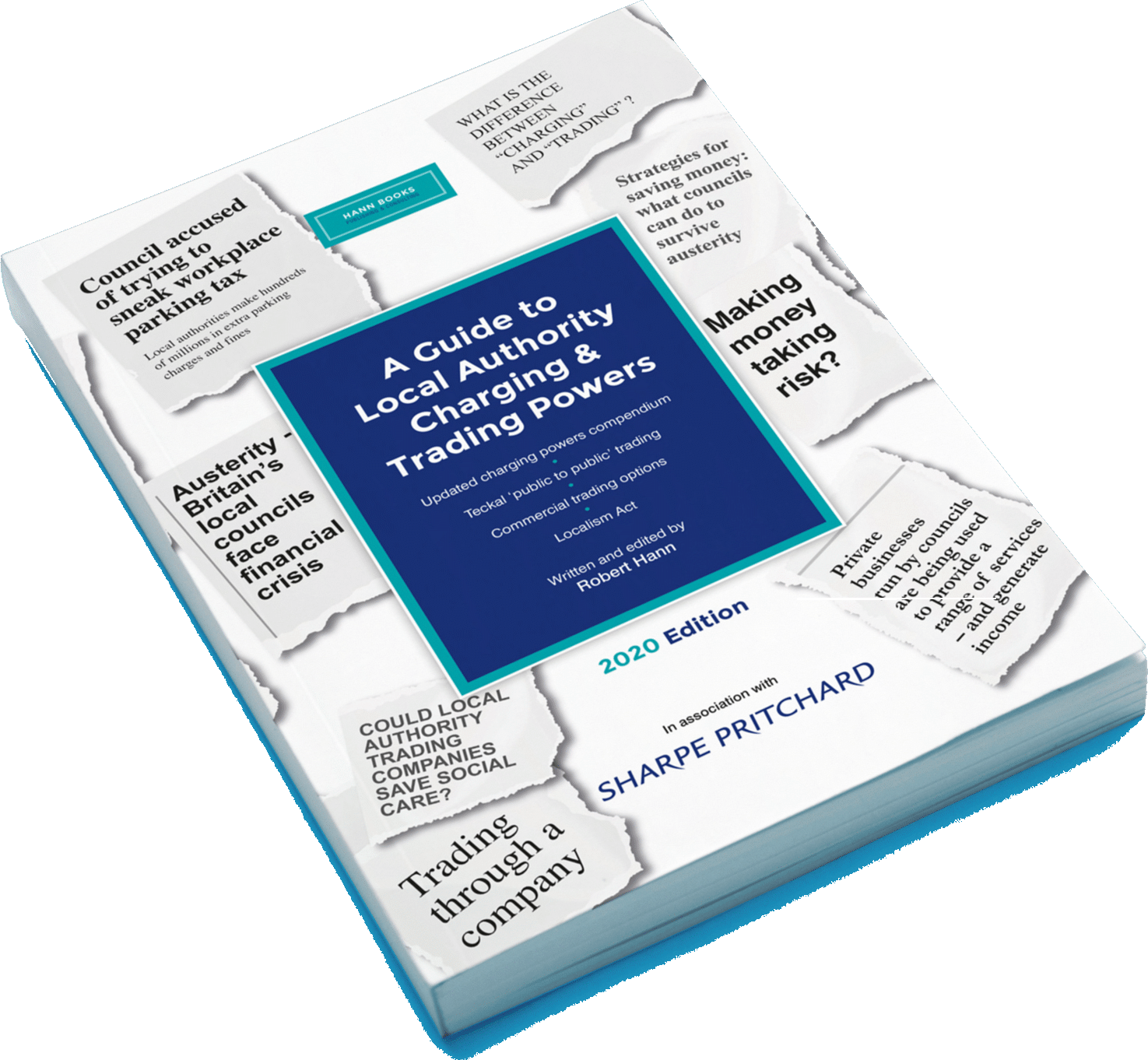In the first in a new series on renewable energy technologies, Steve Gummer and Steve Cirell look at onshore wind.
What are the new topic areas for the Green Steves?
This Autumn and moving into the Spring of next year, the Green Steves papers are going to take a different route. Having covered a wide range of climate change and energy issues in the preceding publications, this time we are going to take a deeper dive into relevant renewable energy technologies. The first subject we want to touch on is onshore wind. This is the first paper in this new series.
Why have we chosen this topic? It is apparent from progress reports so far that the UK is not keeping up with its obligations under the Climate Change Act 2008. Pressure is building for more renewables. The one great untapped area is onshore wind.
Wind is a good bet for the next best surge. But do local authorities have wind energy in their plans? Most do not, either because they have never looked at this area or looked before but gave up when the Government effectively closed the door on potential projects (as explained below). Local Government needs to look at this again and see what benefits can be gained locally by including wind energy in their wider plans.

Why is a strategic approach necessary?
Each local authority needs a thought-out strategy, not an eclectic mix of projects that don’t add up. Whether it’s a climate change strategy, an energy strategy, a carbon management plan, a climate emergency declaration or whatever, there must be targets /goals, a general route map on how to get there and detailed projects that form the steps along the way.
All strategies should include the energy hierarchy of use less energy, improve energy efficiency and then create new forms of energy from renewable sources; but when they get on to the renewables, wind should be included in those plans. Most local authorities have targets of net zero carbon by 2030 or thereabouts and to reach those targets, more renewable energy is required. Wind energy offers a wonderful opportunity to increase the level of renewable energy locally.

How does wind work?
According to the Renewable Energy Hub:
“Wind turbines work on a very simple principle: the wind turns the blades, which causes the axis to rotate, which is attached to a generator, which produces DC electricity, which is then converted to AC via an inverter that can then be passed on to power your home. The stronger the wind, the more electricity is generated from the motion. That’s why we tend to see industrial scale wind farms with high towers and large blades located in the breeziest parts of the countryside, including offshore.
A turbine’s efficiency comes from how well it captures the power of the wind and turns it into a rotational torque that can then push electrons out from the generator and into the grid. The towers are normally made of steel but the blades can be manufactured from glass fibre or reinforced polyester that need to be strong yet light enough to turn in the wind. A single 1.8 MW wind turbine running at normal capacity will produce enough electricity in a year to feed 1,000 average homes.”

Why are there not more onshore wind energy projects?
Of course, wind energy can be divided into two completely different areas: onshore and offshore. The latter boasts significant progress and praise for the Government in how it has been supported. The former is, frankly, a bit of a disaster and one now costing both everyday people in terms of their rising electricity charges and the Whitehall Government politically.
The problems stem from rapid development of onshore wind in the late noughties and up to 2015. Wind energy went through a rapid phase of development whereby many existing wind farms were re-powered (ie fitted with newer and larger turbines) as well as new projects coming forwards. In some areas of the country wind farms were particularly unpopular due to their effect on visual amenity – to put it bluntly affecting peoples’ views!
This caused many complaints and consequently a demand for Government action to restrict onshore wind. It has to be remembered that the green agenda was not as strong then as it is now and there was less concern about global warming and the future. Consequently, the Whitehall Government felt able to clamp down hard on the potential for this type of development.
This happened by way of a Ministerial Statement in 2015, which indicated that new provisions would be introduced into the planning regime solely in regard to wind farm development. This was effected by an amendment to the National Planning Policy Framework by the addition of the (now notorious) Footnote 54 to paragraph 158 of the document. Paragraph 158 set down requirements for planning authorities in relation to climate change and related issues.
Footnote 54 introduced three new tests to be satisfied if any planning consent was to be granted for a new onshore wind farm development. These were:

It is worth pointing out that no such provisions apply to any other energy project, whether that be renewable energy based (such as solar farms) or fossil fuelled (such as diesel generator sites).
Onshore wind energy simply ground to a halt as a result. Most schemes would fail on the very first requirement, as very few local authorities had zoned wind in the Local Plan (this figure is still only 11%). To identify the planning impacts requires extensive consultancy support which is time consuming and expensive. When at risk, few developers would do this. Finally, the Government’s interpretation of ‘community backing’ was that there were no objections of any sort to the project. In short, the provisions collectively were nigh on impossible to comply with.
Why is offshore wind so successful?
The contrast with offshore wind energy development is stark. The latter had strong Government support through the CFD regime and was progressing strongly. Costs were reducing, jobs were being created – it was indeed a good success story.
But 14 GW of onshore wind energy (before the planning changes) largely stayed at 14 GW and its total capacity has since been overtaken by solar farm developments.

Has the position now changed?
Since that time, public support for renewable energy in general, and wind energy in particular, has continued to grow. Mori polls reveal that climate change is now one of the top three concerns of the public and the Government’s Renewable Energy Tracker shows that onshore wind enjoys support from just under 80% of the population.
Accordingly, the Government (via the Department of Levelling Up, Housing and Communities), agreed to consult on changes to the NPPF regarding onshore wind, indicating that the restrictions mentioned above might be relaxed to allow more onshore wind development.
In September 2023 the Government announced amendments to the NPPF, to take effect from 1 September 2023, updating planning policy for onshore wind development. The amendments are intended to ease the restrictions announced in 2015 for onshore wind. Planning permission will be dependent on a project being able to demonstrate local support and appropriately address any impacts identified by the local community. The revisions also clarify that suitable sites for onshore wind development may be identified in several ways, rather than solely through a development plan, speeding up the process of identifying appropriate sites. The benefits of this change are not yet certain but are expected to be relatively limited.
How should a local authority proceed with wind energy?
Whilst a wind energy development will follow this path, there are some notable differences. Firstly, wind energy takes longer than most other technologies. Whereas a solar farm can usually be completed in a couple of years, a wind farm might take double that. Planning is extensive, with all sizeable projects requiring a full Environmental Impact Assessment. The level of costs at risk are therefore higher too.
All of the papers in the Green Steves series have recommended having long term plans. A ten year plan allows for some quick wins, medium term developments and some in the longer term section. Solar, wind and a heat network might offer good examples in that order. It has also been stressed that it is better to have a programme rather than a single project. In simple terms, have more than one site in the programme which allows for flexibility as development work progresses.
But before any Council can even get to the starting point of putting wind energy before Members, it has to see if it has any suitable sites for this type of development. As usual, as a public authority, the Council would only be expected to bring forward sites that are clearly appropriate rather than forcing ahead developments which are unpopular and unsuited to the locality.
Here the work is similar to that necessary for identifying land for solar farms. There are certain criteria that are necessary for a site to be suitable for wind and the Council needs to survey its landholdings to find those areas.
In terms of reviewing the feasibility of a site for onshore wind one must undertake a feasibility study assessing the commercial viability of harnessing the wind energy for electricity generation. This may involve constructing meteorological masts to assess conditions and acquire crucial data for the viability of the project.
Planning and grid will be the key determinations, as usual. The grid is constrained in a number of areas, although private wire and self-consumption might help here. We have set out some of the planning challenges above which will always be a factor in considering feasibility.
It is also worth noting that there are a number of issues that need to be taken into account under the planning heading that are different from other technologies. A book written by well known climate change sceptic John Hetherington, called ‘The Wind Farm Scam’ focussed in detail on the different potential objections.
These included the following:
- Noise from turbines
- Flicker created by the path of the blades
- Shadows created by the towers
- Landscape degradation from the development
- Effects on wildlife, particularly birds
- Impact on aviation
- Effects on tourism
- Reduction in property values
However, it is now clear that most of these were misguided and there is evidence to support the fact that they are not a problem. The core challenges we have found with onshore wind are:
- Transmission issues – We flagged grid connection issues above and they are true for any range of projects. However, there is a more specific issue with wind farms. Given the remote location of some wind farms (either due to planning or feasibility concerns) greater investment and development of transmission assets can be required.
- Intermittent supply – Wind availability and speed can vary and sometimes there may not be any wind at all. This means electricity generated is not constant. This needs to be taken into account in revenue forecasting.
Most of the issues such as ecology and wildlife would ordinarily be covered in planning and can be the subject of consultancy reports as normal.
Bearing in mind the nature of the preliminary work, it would be helpful for Council’s considering onshore wind to identify half a dozen potential sites for development in the knowledge that some of these will fall away in the process. As an example of the single site approach, Preston City Council identified a site on derelict land near the docks in Preston for a 9 MW solar farm in 2011 that was suitable and promising. However, the scheme was ultimately scuppered by the proximity of a military airfield and radar interference that could not be avoided. As the Council only had the one site identified for wind energy development, when a significant hurdle arose, the project fell. If the Council has five or six sites in the frame, there is likely to be at least one that can be developed.
The simplest way to go about this process is to use consultants to survey the Council’s area for the suitability of wind. If only broad parameters are included at this early strategic stage, the costs of this work are modest. Examples of such parameters are wind speed, topography of the land, distance to housing and commercial properties, potential for grid access and so on. A number of large councils have undertaken such studies on their complete administrative areas.
Following receipt of the report as to where wind energy is considered possible in its area, a Council can overlay on that map its land ownership using GIS technology to see which parcels of its own land would get that initial green light. There is no point in delving deeper at this stage, as no land might be identified. However, if a long list of sites emerges from that work, then the Council can then commission more detailed feasibility work to draw up its short list. Risk can be evaluated in this process, as it can with other renewable energy technologies.

There seems no doubt that public support will be an essential part of onshore wind farm development moving forwards. The revision to the NPPF has not solved this.
For now, it is worth stressing at this stage that initial indications to the public that a Council is willing to look at wind energy and is reviewing its land holdings will give a good indication as to the level of public support. Such indications are generally more reliable before sites are identified and will be useful as a litmus test of community views on the subject.
It is our experience that the right sites can achieve good levels of public support.
What do contracts for an onshore wind farm look like?
Contracts for an onshore wind farm include:

Revenues may also be supported by a contract for difference (CFD) in onshore wind – Under the CFD regime, availability of support depends on the Government running competitive CFD auctions for the relevant technology type. Offshore wind has been eligible throughout the CFD rounds, however the Government removed onshore wind for several years, following the first CFD round. The fourth CFD round (July 2022), reintroduced “Pot 1” technologies, including onshore wind. A wind farm that can commit to make capacity available at times of system stress may also take part in the Capacity Market.
What conclusions can be drawn from the current position?
The position on onshore wind is patently changing. Even without any major changes from the next General Election in 2024, restrictions will be further relaxed. A key area is due to be unlocked.
Wind energy is three times as productive as solar PV and covers only a fraction of the land that a solar farm requires. If your authority has suitable land, it is indeed fortunate.
Experience has told us that the private sector developers are closely watching the market in exactly the same way as local authorities are. The solar explosion demonstrated in 2010 very clearly indeed that if local authorities are slow to react, the private sector developers will take the best opportunities, land, funding and grid connections.
Our advice to local authorities at this stage is simply to position yourselves on this key technology. That means understanding the technology and what it requires, looking at your land and considering the options. In the early work on wind, only Bristol City Council managed to get a completed wind farm over the line. Perhaps in the next five to ten years a considerably larger number of public authorities will achieve the same outcome. Can any local authority that is serious about climate change really afford not to consider wind energy at this stage?
As part of our commitment to helping local authorities innovate in the green space, our infrastructure and energy partner, Steve Gummer has teamed up with Steve Cirell, a Solicitor and Consultant who independently advises local authorities on climate change and renewable energy to produce a series of thought pieces about what local authorities could be doing to further the green agenda. We hope you have enjoyed reading the first paper in this new series and for more please visit our Green Goals web page and follow us on LinkedIn.
For further information, please contact Steve Gummer, on 020 7405 4600.
For further insight and resources on local government legal issues from Sharpe Pritchard, please visit the SharpeEdge page by clicking on the banner below.
This article is for general awareness only and does not constitute legal or professional advice. The law may have changed since this page was first published. If you would like further advice and assistance in relation to any issue raised in this article, please contact us by telephone or email This email address is being protected from spambots. You need JavaScript enabled to view it.









 SharpeFocus
SharpeFocus Rob Hann is Head of the Local Government team at Sharpe Pritchard. He has over 30 years in local government, having worked for several local authorities and as the ex-head of legal at 4ps/Local Partnerships for many years.
Rob Hann is Head of the Local Government team at Sharpe Pritchard. He has over 30 years in local government, having worked for several local authorities and as the ex-head of legal at 4ps/Local Partnerships for many years.